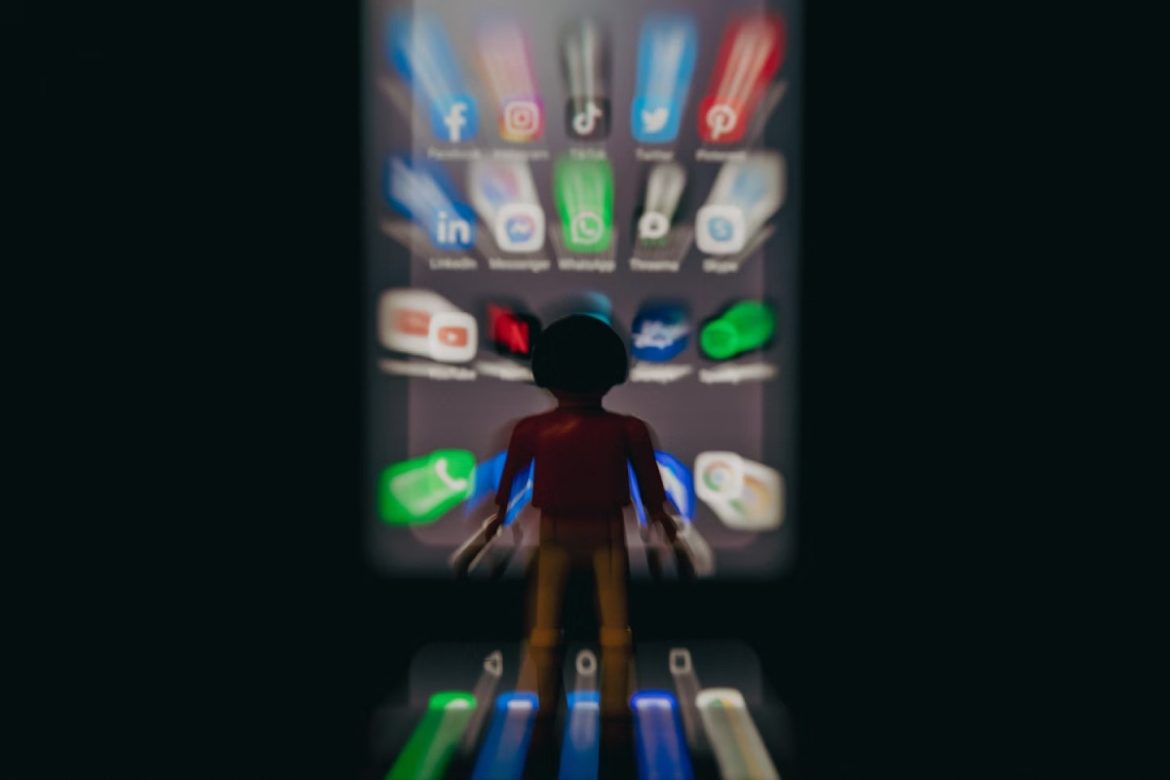Experts now feel that youth and adults alike risk falling victim to actual clinical dependence through technology designed to hijack attention. What begins as digital entertainment transforms into heavier shackles of fatigue, anxiety, depression, and isolation in extreme cases of overuse.
Psychologists caution that enduring fixation on phones and platforms robs people of vital in-person emotional bonds and delays key growth phases in adolescent brains. Yet social media successfully competes with and often overpowers real-life priorities for a vast section of the population.
According to TorHoerman Law, as warning signs manifest and scrutiny of unethical developers intensifies, recognizing and responding to such unrestricted behavior becomes imperative before it’s too late.
In this guide, we will shed light on ways you can combat your social media obsession in a healthy and sustainable way.
Table of Contents
Understanding Social Media Dependence
Experts delineate dependence of any kind as continued overuse despite negative consequences. Your leisure activity online becomes a matter of concern when you let your online distractions disrupt your daily routine.
People are drawn to social media due to its ability to provide personalized content, making it feel more familiar and accessible.
The user experience (UX), in applications like Facebook, employs Persuasive Technology with positive sensory feedback to override any kind of moderation. Multi-billion dollar budgets are spent to perfect the UX down to pixel densities for inducing user flows termed “ludic loops.”
Notifications Or Trigger Buttons?
Ever feel bombarded by notifications? Those pings and alerts may seem harmless, but they are designed to lure you back into apps, playing on our innate desire for social connection and validation.
That tagged photo? You have to see it. A new comment? Curiosity pulls you in. Is someone live-streaming? You can’t miss the action! These cleverly timed nudges exploit your social nature, making those notifications hard to resist. And with a single tap, you’re back in the app’s clutches.
If you ever check your mobile phone’s home screen, you will see application thumbnails marked with small red dots with numbers in them. We all know what these numbers are. The developers used red, and not any other color, because red triggers urgency.
Expert designers and psychologists collaborate to ensure that their product grabs your attention without fail. Will it be a gaffe to call Facebook and other such applications the primary culprits in causing mental distress among young adults? The cost is real, and the repercussions are undeniable.
Many families are joining forces to file a Facebook lawsuit, seeking compensation for the mental and psychological trauma they allege to have suffered over time.
Warning Signs in Yourself and Others
It’s natural to enjoy interacting online – after all, platforms grant unlimited entertainment and social windows. Analytics now confirm that, on average, a person spends close to two and a half hours each day scrolling social feeds.
Do you fall into this bracket? Determining your level requires an honest self-assessment.
Initially, watch for external changes since dependency manifests subtly before snowballing. Do grades deplete as focus drifts mid-homework toward alluring notifications? Do you ignore friends at favorite hangouts while snapping the moment for followers?
Pay close attention to emotional instability around devices: what feelings arise without perpetual access? Joy? Anxiety? Irritation? While designed for engagement, apps should not wield greater influence over moods than human connections. Withdrawal-like frustration upon limiting screen time exposes unhealthy dependency that requires rebalancing.
The teenage brain remains highly malleable; heavy exposure imprints pathways prioritizing external validation above real-world priorities.
First Steps Toward Reclaiming Balance
This shift in priorities begins with an honest admission of your obsession with the online world. Self-awareness is the first step that will open the doors for you.
Seeking professional counseling around this habit provides customized support. Initially, therapists identify your unhealthy connections with devices and platforms, guiding the establishment of new neural associations that unlink mood, boredom, or loneliness from scrolling.
Specialized boot camp-style treatment facilities also exist that focus on digital detoxing measures.
For daily management, you can track your app usage with time monitoring tools that indicate exact screen time totals. This can serve as a reminder to keep your phone away.
Even better, set boundaries restricting phones from spaces like bedrooms or dinner tables. Activate distraction blockers temporarily when you need undivided attention. The goal is to remain mindful of your choices.
Instead of abandoning the apps completely, use them to your benefit. Follow accounts that can inspire you. For example, if you wish to expand your knowledge base or your skills, then multiple channels and accounts can help you do so.
At its core, addressing overuse involves rediscovering activities and passions that were displaced by technology.


